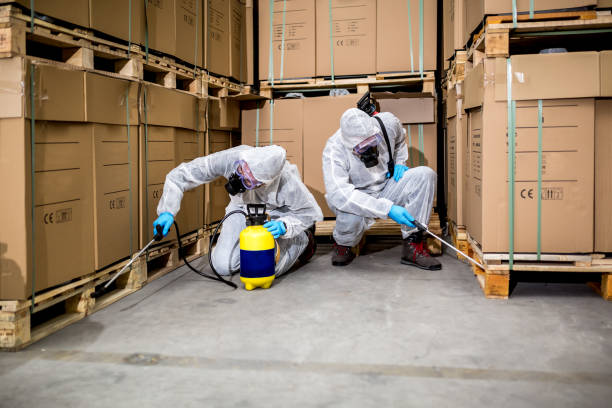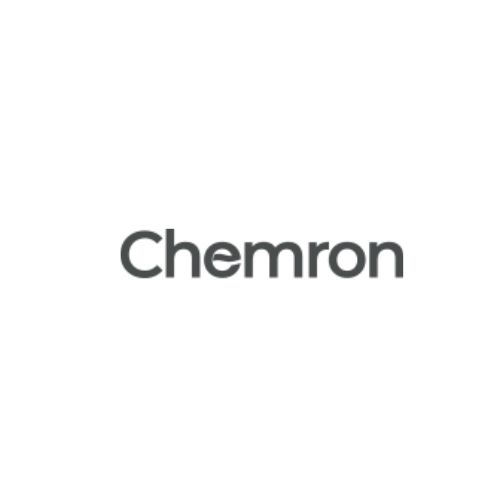
Pests are much more than just an unsightly nuisance. In a commercial setting, they pose substantial threats—damaging property, jeopardizing food safety, undermining health standards, and risking the reputation and regulatory compliance of businesses. Commercial pest control is not merely about eradicating visible issues but encompasses a proactive and holistic system designed to prevent, monitor, and address potential infestations before they escalate. This article explores the vital role of commercial pest control, the common chemical and non-chemical solutions employed, and critical considerations for safeguarding business environments.
The Broad Impact of Pests on Businesses
The presence of pests—whether insects, rodents, or birds—can have far-reaching consequences on commercial operations. Their impact can be categorized as follows:
- Health and Safety: Many pests transmit diseases. Rodents can carry salmonella and hantavirus, cockroaches can exacerbate allergies and spread bacteria, while flies are known vectors of numerous pathogens. In healthcare, hospitality, and food sectors, these threats are amplified, putting public health directly at risk.
- Structural and Material Damage: Rodents gnaw through wiring, insulation, and walls. Termites and beetles compromise wooden structures, while birds foul building facades and machinery, accelerating decay.
- Regulatory Risk: Strict regulations govern pest management in food production, healthcare, and other industries. Non-compliance can result in costly penalties, lawsuits, or the loss of crucial business licenses.
- Reputation: In the age of online reviews and viral social media posts, even a single pest sighting can erode customer trust and cripple brand integrity, sometimes irreparably.
Understanding Common Commercial Pests
The commercial landscape attracts a wide array of pests, each with unique behaviors and control challenges:
- Rodents: Rats and mice are agile, prolific, and adept at infiltrating through small gaps. They spoil food, damage products, and spread disease.
- Cockroaches: Highly adaptive and resilient, cockroaches thrive in kitchens, storage areas, and basements, contaminating surfaces and food with pathogens.
- Flies: Drawn to waste and food, flies are common in restaurants, food processing plants, and retail spaces. Their rapid reproduction makes early control imperative.
- Ants: Office pantries and warehouses are susceptible to ant infestations, which can be challenging to control once established.
- Stored Product Pests: Beetles, weevils, and moths often invade pantries and food storage areas, leading to significant stock losses.
- Birds: In shopping centers, warehouses, and production facilities, birds can disrupt operations, damage structures, and pose health risks.
Chemical Solutions in Commercial Pest Control
Chemical pest control forms the backbone of commercial interventions, providing swift and effective relief in severe or widespread infestations. Modern advancements have resulted in a variety of targeted solutions, including:
- Insecticides: These chemicals combat flying and crawling insects. Popular active ingredients include pyrethroids (like permethrin and deltamethrin), organophosphates, and newer classes such as neonicotinoids. They may be applied as sprays, fogs, or dusts.
- Rodenticides: Used to manage rodents, anticoagulant rodenticides (such as brodifacoum and bromadiolone) are highly effective, though their usage requires caution to minimize risks to non-target species.
- Baits and Traps: Many baits combine attractants and toxic chemicals, offering precise, localized control with minimal risk to people and pets.
- Fumigants: In pest-critical industries (e.g., food storage and export), gaseous fumigants sterilize entire areas or containers, eradicating all stages of pest life cycles.
It’s important to note that commercial pest control chemicals are highly regulated. Their use is restricted to licensed professionals who understand proper dosing, safe handling, and the critical need for compliance with environmental and health policies.
Integrated Pest Management (IPM): The Modern Standard
Overreliance on chemicals can contribute to pest resistance, environmental harm, and health risks. The industry modern best practice is Integrated Pest Management (IPM), a comprehensive approach that combines chemical, biological, physical, and educational strategies:
- Inspection and Monitoring: Regular inspections detect early signs of pest activity. Technologies such as remote sensors and digital monitoring are increasingly employed.
- Sanitation and Exclusion: Eliminating food sources, sealing holes, and improving storage practices minimize pest access and attractants.
- Physical Controls: Traps, barriers, and netting provide non-chemical deterrents.
- Biological Controls: In some cases, natural enemies—such as parasitoid wasps—are introduced to control pests.
- Targeted Chemical Use: Chemicals are used only when necessary, directed precisely to minimize environmental and human exposure.
- Staff Training and Communication: Frequent staff education encourages early pest identification and reporting, supporting ongoing prevention efforts.
Trends and Innovations in Commercial Pest Control
With social responsibility and sustainability now central to corporate governance, pest control is evolving:
- Eco-Friendly Solutions: Businesses increasingly request green or organic products, leveraging natural oils, plant-based compounds, or mechanical controls.
- Digital Pest Management: Automation, data analytics, and remote monitoring enable businesses to track pest activity in real time, optimizing treatments and minimizing chemical use.
- Bio-Rational Products: Growth regulators and biopesticides target specific pests with reduced risk to beneficial species and humans.
Choosing a Professional Commercial Pest Control Partner
Selecting a qualified provider is critical. Professional pest management firms offer:
- Expertise: Trained, licensed applicators who understand regulatory requirements and the specific challenges of commercial sites.
- Customization: Tailored solutions considering business size, type, industry, and pest pressures.
- Documentation: Accurate record-keeping is essential for audits, inspections, and continuous improvement.
- Proactive Support: Scheduled maintenance ensures ongoing protection and swift response to emerging risks.
Actions Businesses Can Take
- Make sanitation a daily routine.
- Store products off floors and away from walls.
- Seal cracks and maintain building integrity.
- Dispose of waste promptly and regularly.
- Arrange periodic professional inspections.
Conclusion
Pest management is an essential aspect of modern commerce. By understanding potential threats, utilizing both chemical and non-chemical controls, and partnering with knowledgeable professionals, businesses can ensure hygienic, safe, and compliant environments—protecting not just their bottom line, but their people and their reputation.





Comments